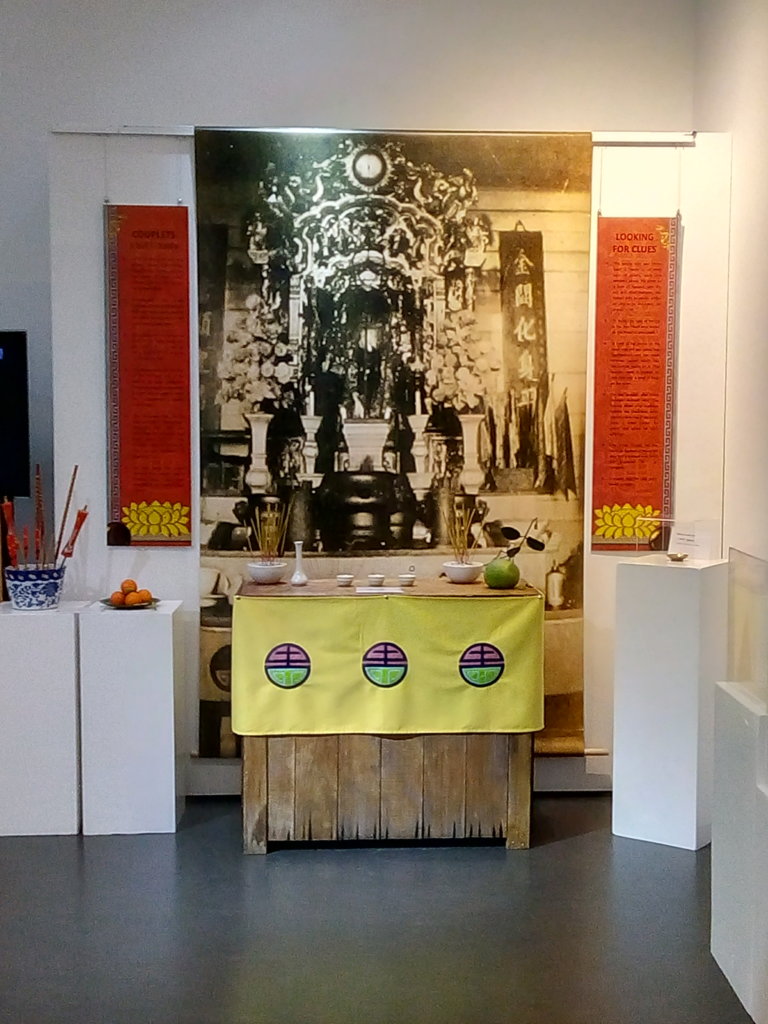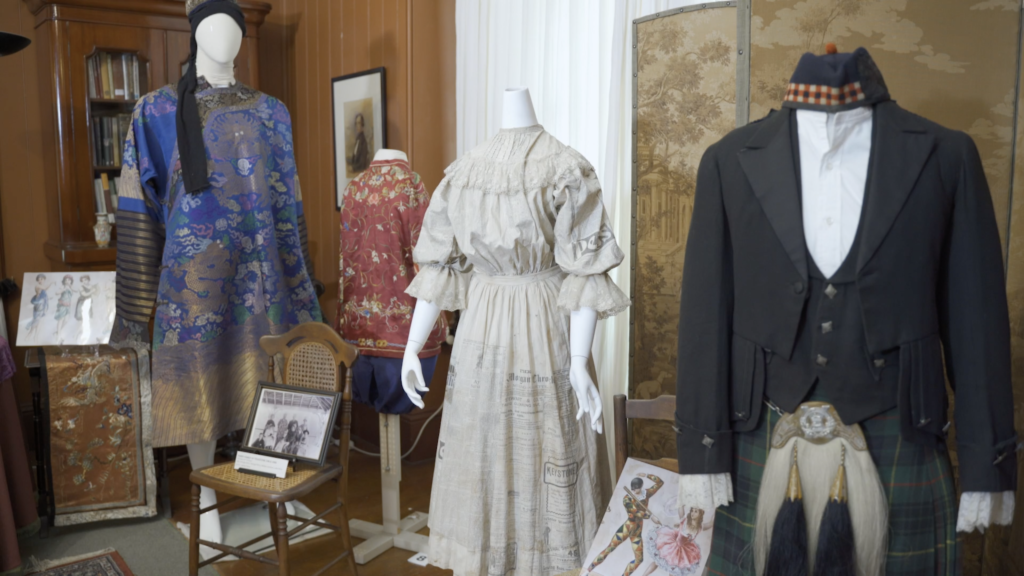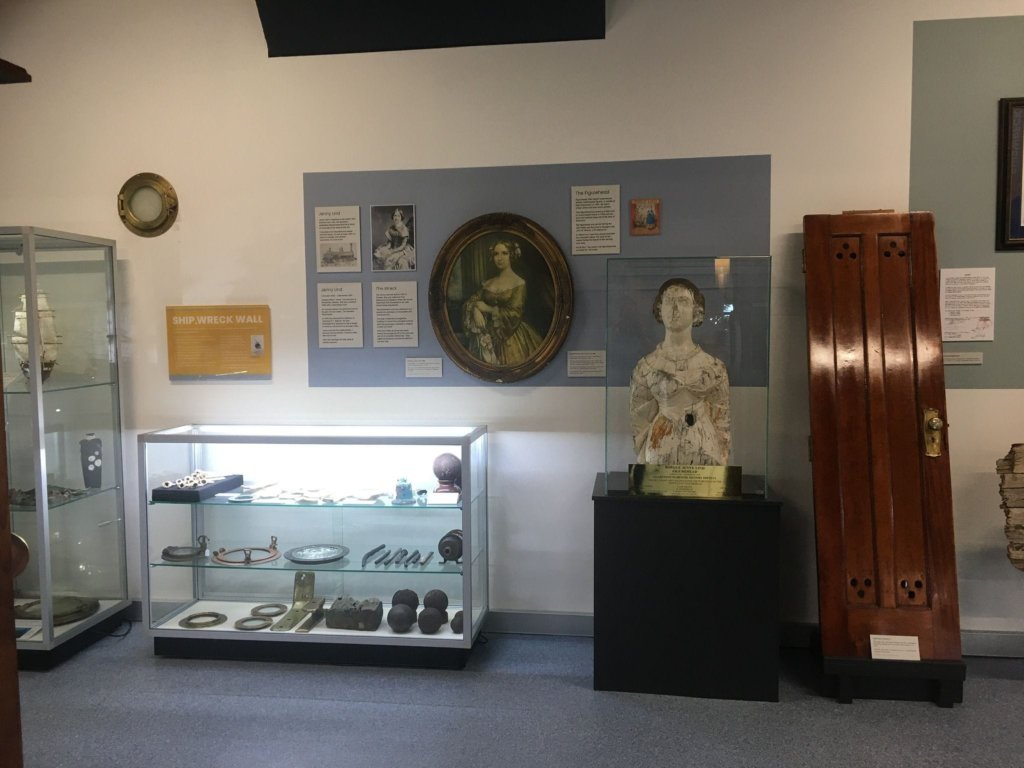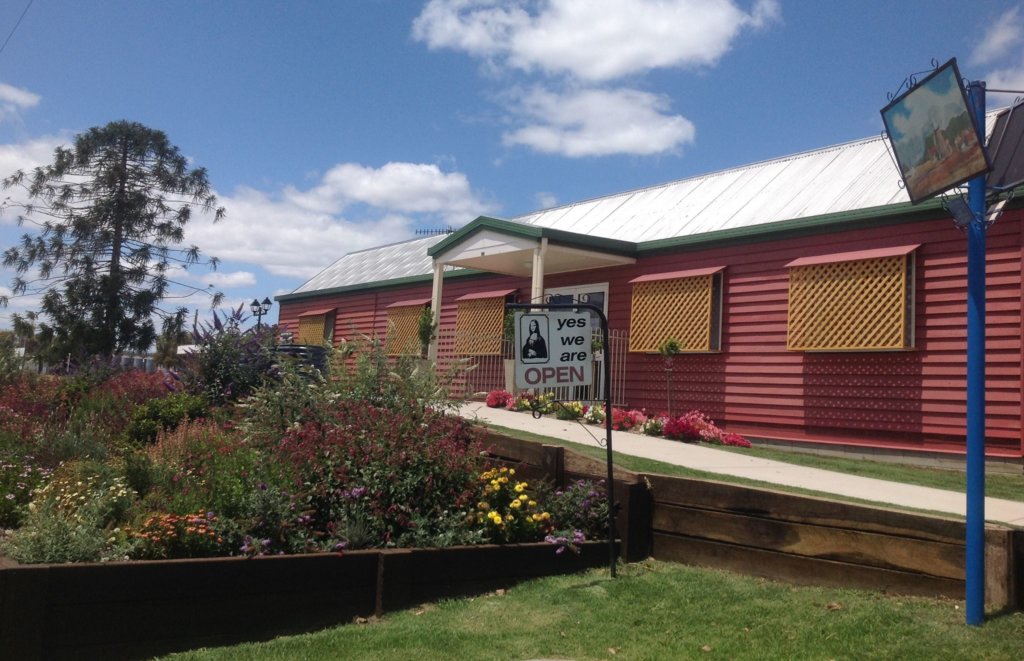Winner

Ingham Family History Association Inc. in partnership with Sandi Robb, History and Heritage Consultant
Re-Discovering Buk Ti: Chinese settlers in the Lower Herbert Valley
The Ingham Family History Association Incorporated is a small dedicated group of twenty-three members. The association has been operating for a number of decades and are a valued community group within the Hinchinbrook Shire district, which includes Ingham, Halifax and several smaller Lower Herbert hamlets.
This exhibition project sought to present Chinese settler history of the late 19th and early 20th centuries to the wider Lower Herbert Valley community and to bring pride to descendants who remain in the community today. In doing so, the range of historical diversity of the region was highlighted and a light was shone onto a little-known aspect of Hinchinbrook Shire’s history.
The committee and volunteers of Ingham Family History Association Inc. realised early on that their skill base did not extend to exhibition planning, professional displaying of their research, or creation of a cohesive vision to the requirements of the TYTO Regional Art Gallery where it was shown. The group partnered with history and heritage consultant, Sandi Robb, so she could develop the Association’s ideas in a creative and engaging way to present the district’s Chinese history to the broader community.
The project, Re-Discovering Buk Ti: Chinese settlers in the Lower Herbert Valley, built the capacity of the Ingham Family History Association as an organisation with the development of individual volunteer skills, such as computing; how to evaluate and accession loan items; and identification of Chinese artefacts. It raised confidence that, as an aging community group with high research skills and local knowledge, they now have understanding as to how to present a professional exhibition.
Finalists

Queensland Women’s Historical Association
High Society 1860–1960 – an exhibition of evening attire worn to theatrical and social events in early Brisbane
The Queensland Women’s Historical Association’s (QWHA) costume collection has some exceptional individual pieces with demonstrated national significance, but very little of it has come to the public’s attention. The High Society exhibition aimed to bring some of these costumes to the fore but in the context of the time when the outfits were worn. The exhibition consisted of a selection of evening costumes, jewellery, accessories, photographs, invitations, programs and memorabilia associated with the social custom of attending theatrical and evening events in Brisbane between the years 1860–1960. All of the items on display were from the QWHA collection.
The exhibition aimed to use the costumes and other items to help visitors interpret a significant part of Queensland’s social history as well as giving the public a ‘then and now’ experience, helping them to understand the changes in the social customs of attending a formal evening event and dressing for the occasion. Where possible, a costume was shown with a story from the era. For example, the Fancy Dress party organised by the original owners of the house (the Perry family) was accompanied by the newspaper article about the event and included a family photograph showing Mr Perry wearing a similar costume of Chinese origin as on display.
Another aim was to look long-term and show that conservation of some of the costumes on display was important in maintaining the links to history of early and colonial Queensland society. The work of Dr Michael Marendy, a conservator of national standing and a member of QWHA, enabled some significant Queensland costumes to be displayed. A podcast “The Little Black Dress” was made to talk about the conservation techniques needed to be able to display the 1890s reception dress given by the Archer family, early pioneers of Queensland. A History Grant from the Brisbane City Council enabled conservation of this and other costumes to occur.
Some of the initial plans for the exhibition, such as a Gala opening in evening dress, had to be cancelled or changed because of COVID restrictions. Instead a Virtual Tour of the exhibition was made and placed on the QWHA’s website and Facebook page. This, together with the podcast, broke new ground for the volunteers involved.

Gladstone Maritime Museum
Relocation of Museum to East Shores Parklands
The Gladstone Maritime Historical Society has an overarching aim to operate a Museum that best gives the community a view of the many facets of the maritime history of the Gladstone region. This includes Indigenous history; to Matthew Flinders’ visit; to settlement and agricultural aspects to the present-day Port which handles varied cargoes associated with mining and industry.
The Society was contacted by the Gladstone Ports Corporation, the Museum’s landlord, advising that they wanted the Museum to be relocated to East Shores Parklands, to complement the Parklands which had recently been given a makeover, and because the present site is needed for further Port development. The Museum has operated for 25 years, and while this was a significant undertaking for a volunteer organisation, the relocation has enhanced its activities in many ways.
The new location is much more convenient to access and is more visible to residents and visitors. By good fortune, the new site for the Museum is adjacent to where HMAS Gladstone is displayed, which streamlines operations from being two separate entities.
It was recognised that the Museum had to be fitted out to a high standard to match the standard of the Parklands, and to ensure that the displays meet the needs of Museum visitors. This meant engaging some professionals to help achieve this and getting grants to purchase items such as display cabinets.
The relocation was a catalyst to review the Museum’s collection so that best practice was utilised in displaying it. The project gave the volunteers a clearer understanding of their role, and enhanced the Committee’s expertise within the organisation to achieve a mutually beneficial outcome.

Wondai Regional Art Gallery
Gallery Extensions
In 2019, the need for an extension of the storage space at the gallery was becoming an issue and impeding gallery development. Travelling exhibitions in large crates need to be stored safely and securely before, during and after display. Local artists also often needed storage space for their work prior to or after their exhibitions. In addition to the storage problem, a kitchen upgrade was required to meet appropriate standards and gallery requirements.
Volunteers are an essential part of the gallery, providing all the ‘workpower’. The volunteers assessed the best design to fit with the existing historic building, and once appropriate grants and other financial contributions were sourced, the next step was to plan the extension build with minimum disruption to the everyday work of the gallery and its current exhibitions.
This project has enabled the gallery to raise the standard of artistic outcomes for the region. For example, in June 2020 the gallery hosted the late artist Vincent Serico’s exhibition, Some people are stories. This was particularly poignant for the gallery as Vincent was brought up in the region and his work is especially relevant to the local Indigenous population. It would not have been possible to host this exhibition without the storeroom to safely and securely accommodate the large number of crates. The extensions have also enabled the gallery to have a quick turn-around of each month’s exhibitions as work can now be stored securely prior to being displayed, thereby ensuring that the gallery has no ‘blank walls’ between exhibitions.
The kitchen extensions have meant that the gallery can store and cater for openings nights in a hygienic and food-safe workspace. They can provide for an enhanced cultural and artistic experience for the artists, volunteers and the attending community members. The volunteers have an improved workplace which is more enjoyable to spend time in, and as a result, their volunteer numbers have increased.

